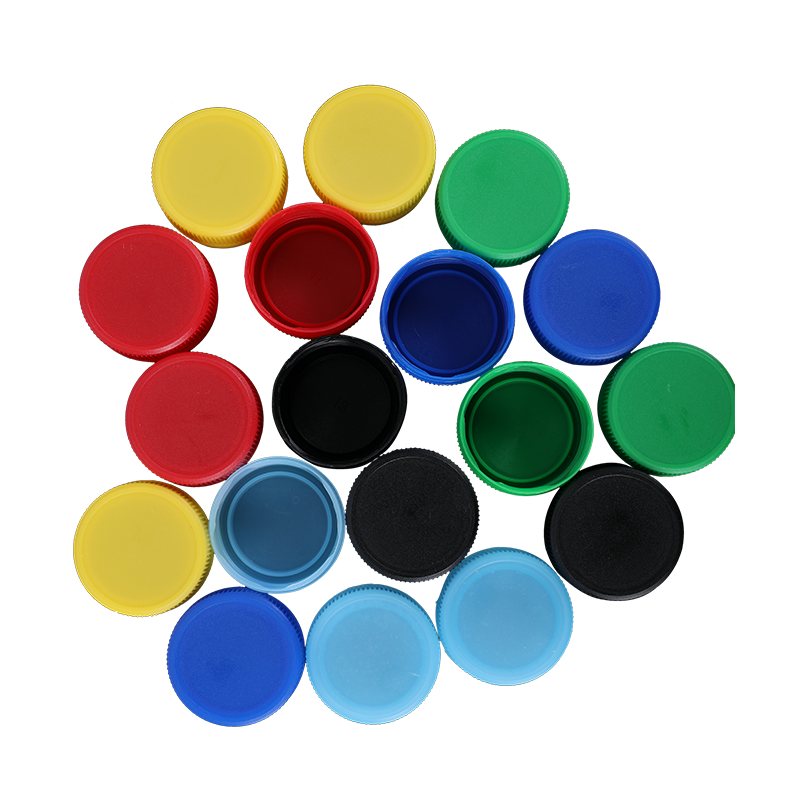Plastic bottle caps serve a diverse range of functions, including those used in pharmaceuticals, food, liquids, and powders. The caps can be made of different polymers and are often filled with additives. In addition to functional additives, bottle caps may contain colorants.
Functional additives are key elements in the success of polymeric materials. They enable manufacturers to tailor material properties and characteristics to match specific applications. For example, erucamide, a slip-promoting additive, is most commonly found in plastic bottle caps. But erucamide is more susceptible to oxidation and ozone than other additives.
Behenamide, a slip agent, is also part of the Union's authorized list of plastics additives. It was detected in the commercially available recyclates of model cap flakes. However, it was not present in the virgin model recyclates.

Polyolefin cross-contamination is a fact and a serious challenge in the pursuit of high-quality recycling paths. Slip agents are readily transferred into consecutive use phases by mechanical recycling. Hence, they are not easily removed from a cap by melt processing.
As such, the recycling of caps is an important education example. Caps should be designed in such a way that they can be recycled and re-purposed for use in other plastic products.
In addition, the processing technology in the recycling industry has improved significantly in recent years. Consequently, bottles can be processed with more streamlined processes. One of these processes is injection moulding. This process is highly repeatable, which makes it economical for large production runs.